Among the many beautiful and resilient succulents loved by gardeners, Aloe aristata, also known as Lace Aloe, stands out for its rosette of fleshy, dark green leaves adorned with white speckles and soft, hair-like edges. Native to the mountainous regions of South Africa and Lesotho, this hardy plant is prized not just for its charming appearance but also for its low-maintenance, drought-tolerant nature.
While Aloe aristata is relatively easy to grow, one critical factor in its care is watering. Too much or too little water can harm this otherwise resilient plant. In this comprehensive article, we’ll explore how often you should water Aloe aristata, factors that influence its watering needs, signs of improper watering, and essential care tips to keep this striking succulent thriving indoors or outdoors.
Understanding Aloe aristata and Its Natural Watering Needs
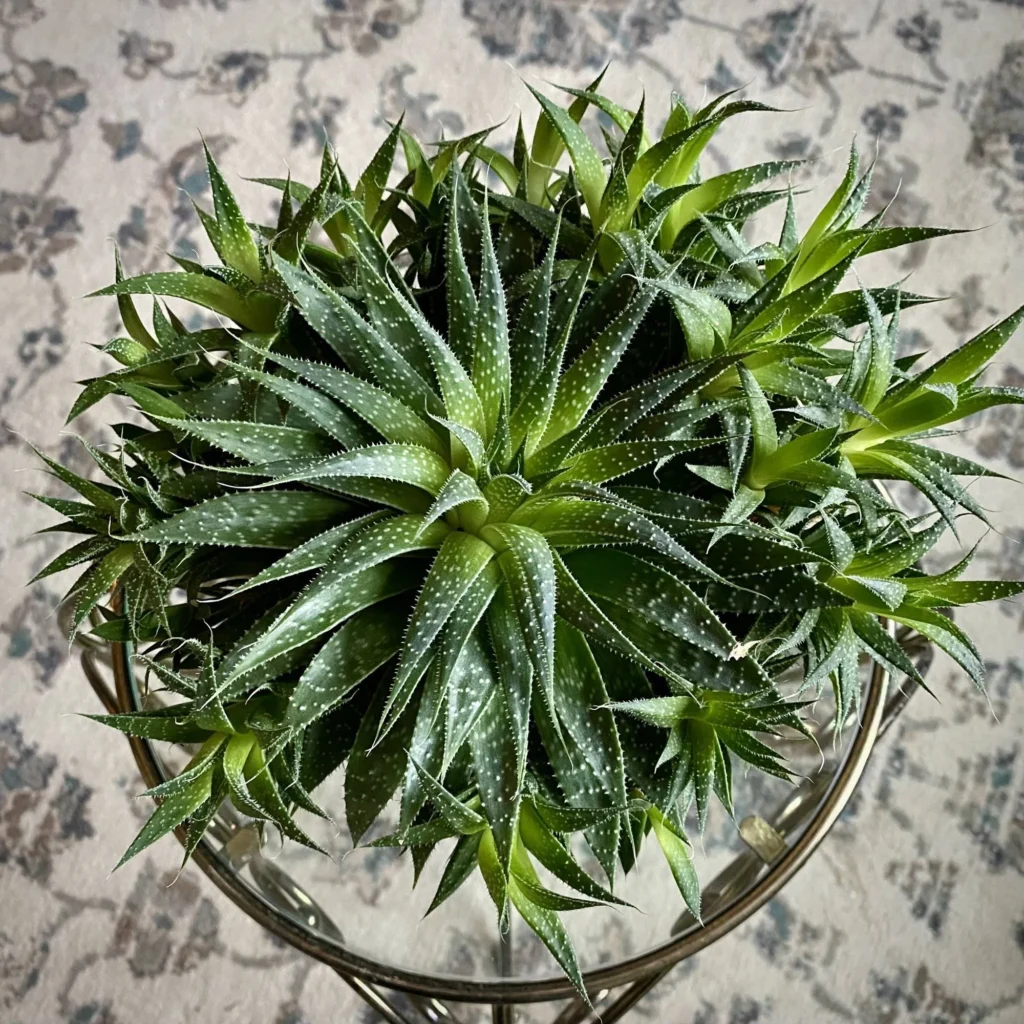
To properly care for Aloe aristata, it’s important to first understand its natural habitat and preferences:
- Native environment: Semi-arid, rocky, mountainous regions with well-drained soils.
- Watering pattern: Infrequent but deep watering, with dry spells between.
- Sunlight needs: Bright, indirect light to full sun.
- Soil preference: Sandy, gritty, or succulent-specific soil with excellent drainage.
Aloe aristata has evolved to store water in its thick, fleshy leaves, allowing it to survive long periods without moisture. However, when grown in pots or home gardens, maintaining the right watering balance is essential for healthy growth and vibrant foliage.
How Often Should You Water an Aloe aristata?
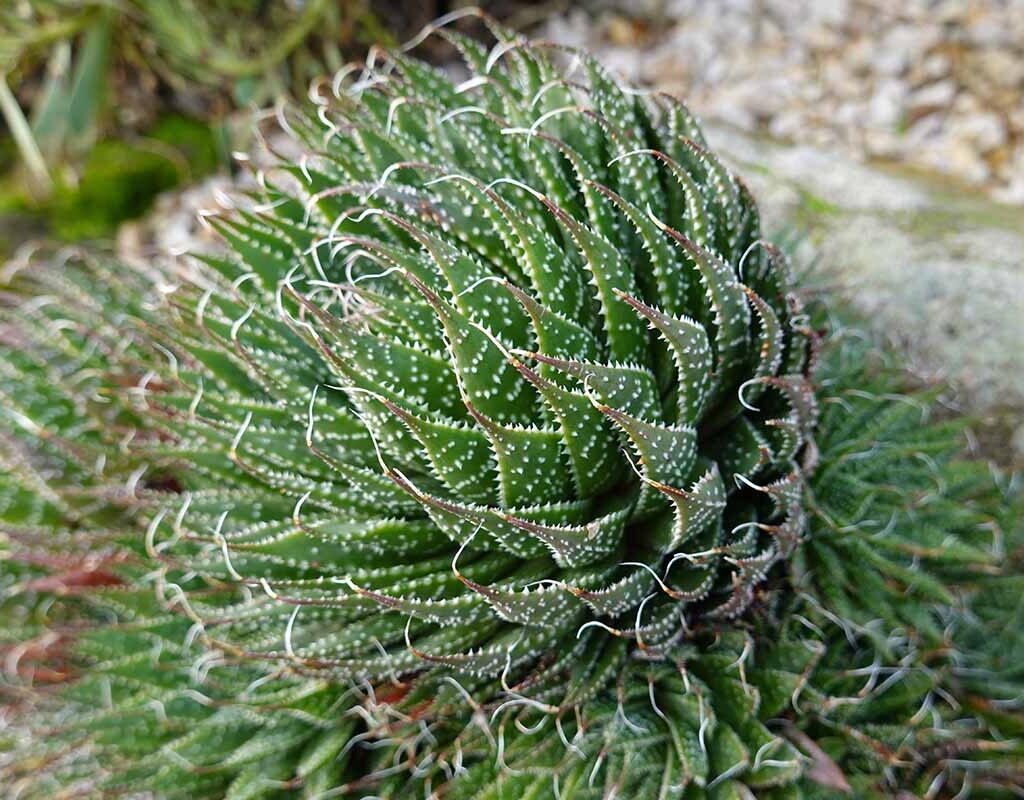
The frequency of watering Aloe aristata depends on several factors, including the plant’s age, growing conditions, climate, season, and whether it’s potted or planted in the ground. Below is a general guideline:
During Active Growing Season (Spring and Summer):
- Water every 10–14 days for potted plants.
- Water every 14–21 days for outdoor, ground-planted plants, depending on rainfall and temperature.
- Always allow the soil to dry out completely between waterings.
During Dormant Season (Fall and Winter):
- Water once every 3–4 weeks, or even less frequently.
- Aloe aristata’s water needs drop significantly in cooler months when growth slows.
- Avoid watering if the soil is already moist or if humidity levels are high.
Seasonal Watering Guide for Aloe aristata
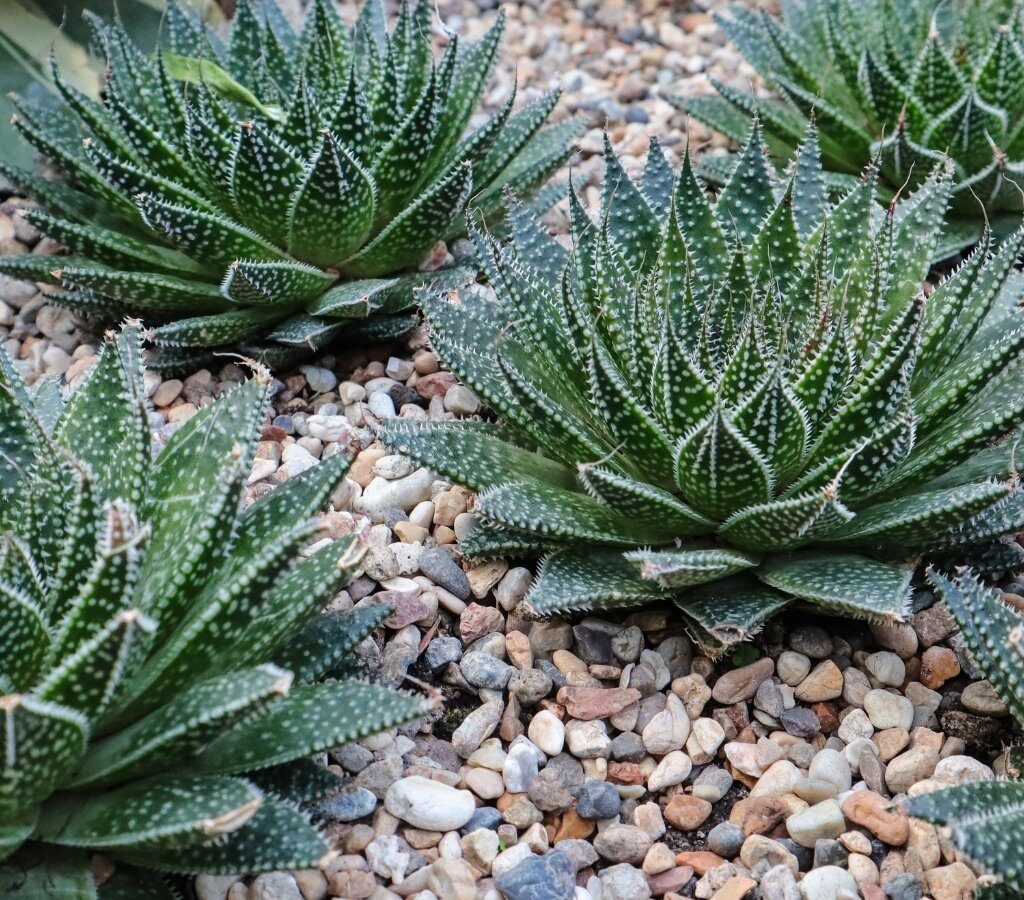
Here’s a convenient table summarizing the recommended watering frequency across different seasons:
| Season | Watering Frequency (Potted) | Watering Frequency (Ground) | Notes |
|---|---|---|---|
| Spring (Mild, Growing) | Every 10–14 days | Every 14–21 days | Increase if temperatures rise or air is dry. |
| Summer (Hot, Active) | Every 7–10 days | Every 14 days | Ensure well-draining soil to prevent root rot. |
| Fall (Cooling) | Every 3 weeks | Every 21–28 days | Gradually reduce as temperatures fall. |
| Winter (Dormant) | Every 3–5 weeks | Rarely (only if soil is bone dry) | Avoid wet, cold soil as roots become prone to rot. |
Factors Affecting Aloe aristata’s Watering Requirements
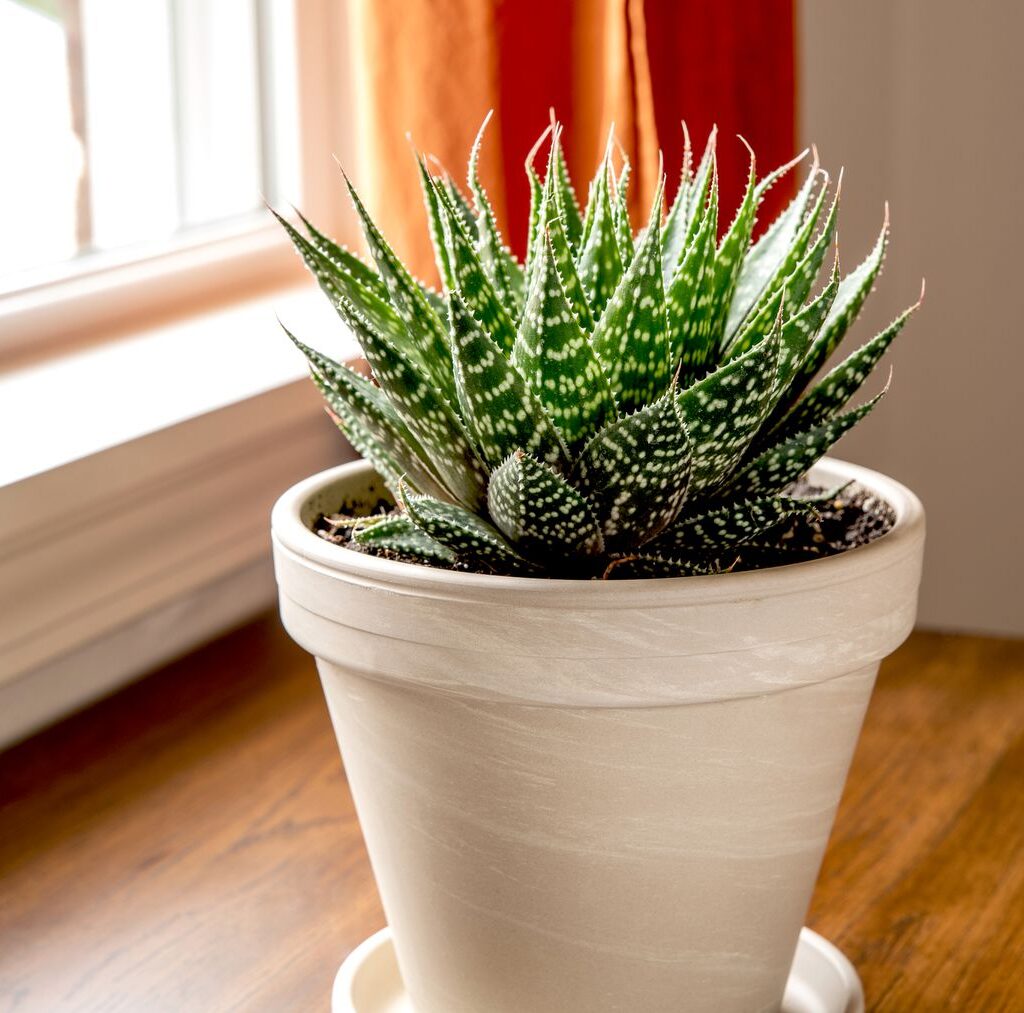
Soil Type
- Fast-draining, sandy, or gritty soils dry out quicker and require slightly more frequent watering.
- Dense, clay-based soils retain moisture and increase the risk of overwatering and root rot.
Pot Size and Material
- Small, shallow pots dry out faster than large, deep ones.
- Terracotta pots are porous and wick away moisture more quickly than ceramic or plastic containers.
Climate and Humidity
- Hot, dry, and windy conditions increase evaporation and may require slightly more frequent watering.
- Cool, humid, or rainy weather reduces water loss, extending the time between waterings.
Plant Maturity
- Young or newly planted Aloe aristata may need a little more attention until established.
- Mature plants are more drought-tolerant and handle dry spells better.
How to Check If Aloe aristata Needs Water
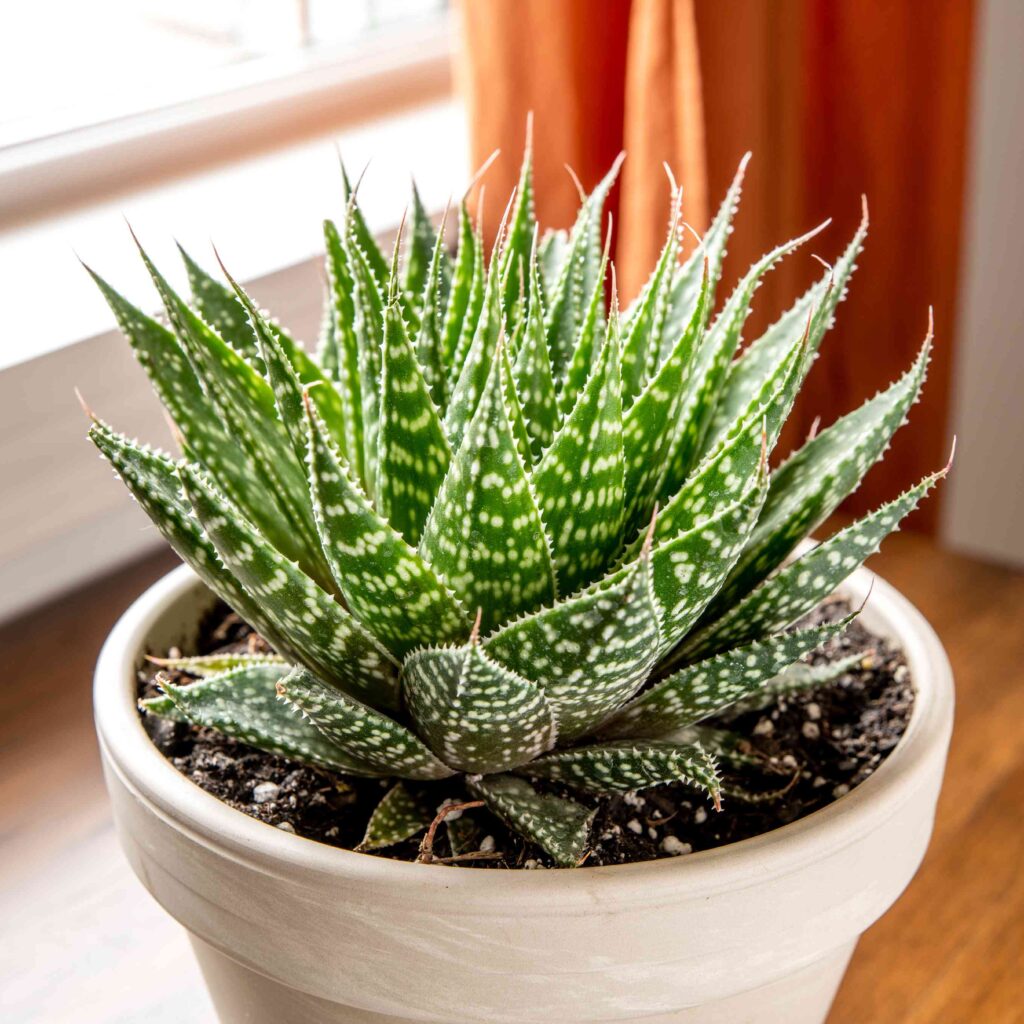
A simple way to determine when to water is to monitor the soil’s dryness:
- Insert your finger 1–2 inches into the soil.
- If it feels completely dry, it’s time to water.
- If there’s still moisture, wait a few days before checking again.
You can also gently lift potted plants — if the pot feels unusually light, it’s likely time to water.
Another indicator is the appearance of the leaves:
- Firm, plump leaves indicate adequate hydration.
- Wrinkled, slightly shriveled leaves suggest it’s time to water.
Best Watering Techniques for Aloe aristata
Good watering habits are key to keeping your Aloe aristata healthy. Follow these recommended practices:
Water Deeply, Not Frequently
- Water the soil thoroughly until water runs out of the drainage holes.
- Let the soil dry out completely before the next watering.
Avoid Watering the Rosette Center
- Water collecting in the center of the rosette can cause rot.
- Direct water to the base of the plant or use bottom-watering for potted plants.
Use Room-Temperature Water
- Avoid cold water, which can shock the plant’s roots.
Water Early in the Day
- This allows excess moisture to evaporate, preventing fungal growth.
Signs of Overwatering and Underwatering
Recognizing these symptoms will help you correct watering mistakes early.
Overwatering Symptoms:
- Mushy, translucent, or blackened leaves.
- Yellowing foliage.
- Soft, rotting base or roots.
- Mold or fungus on the soil surface.
Solution:
Stop watering immediately, improve drainage, and remove affected leaves or roots.
Underwatering Symptoms:
- Wrinkled, shriveled, or soft leaves.
- Slowed or stunted growth.
- Leaf tips turning brown and dry.
Solution:
Water deeply and then adjust your schedule to prevent future drought stress.
Pro Tips for Thriving Aloe aristata
- Use cactus or succulent-specific potting mix for excellent drainage.
- Repot every 2–3 years or when roots outgrow the container.
- Apply a diluted succulent fertilizer once during the growing season.
- Provide bright, indirect light indoors and partial to full sun outdoors.
- Protect outdoor plants from heavy rain and frost by moving them under shelter during bad weather.
Regional Considerations for Watering Aloe aristata
Depending on your local environment, watering needs will vary:
- Hot, arid climates: Increase watering frequency slightly during peak heat but maintain dry periods between.
- Tropical or humid regions: Water less frequently and ensure excellent soil drainage.
- Temperate zones: Stick to seasonal guidelines, reducing watering in cool months.
- Cold regions: Move potted Aloe aristata indoors or to a greenhouse in winter and water sparingly.
Conclusion: Mastering Aloe aristata Watering for a Healthy, Resilient Plant
Aloe aristata is a stunning, low-maintenance succulent that’s easy to care for — provided you master its watering needs. Too much water is far more harmful than too little, so it’s important to let the soil dry out between waterings and adjust based on the season, climate, and soil type.
To summarize:
- Water every 10–14 days in spring and summer, and every 3–5 weeks in fall and winter.
- Always check soil moisture before watering.
- Water deeply, ensuring good drainage.
- Avoid watering the rosette center to prevent rot.
By following these guidelines, you’ll enjoy a healthy, vibrant Aloe aristata with its signature speckled foliage and occasional tall, coral-orange flower spikes.

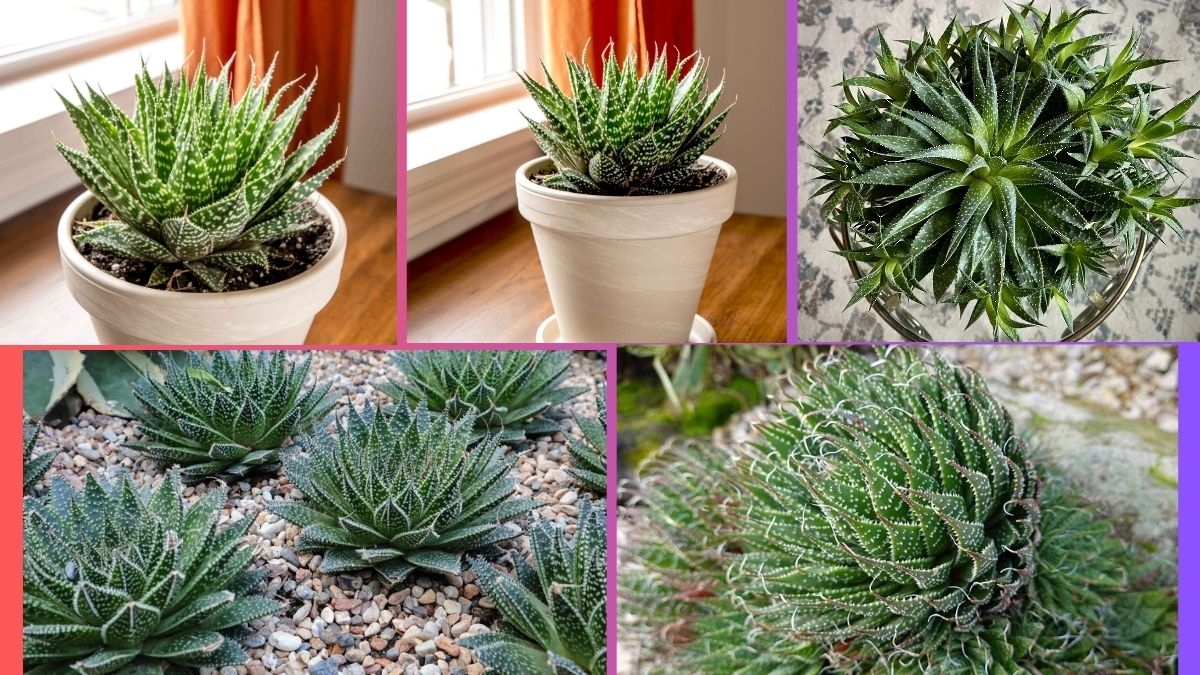



Leave A Comment